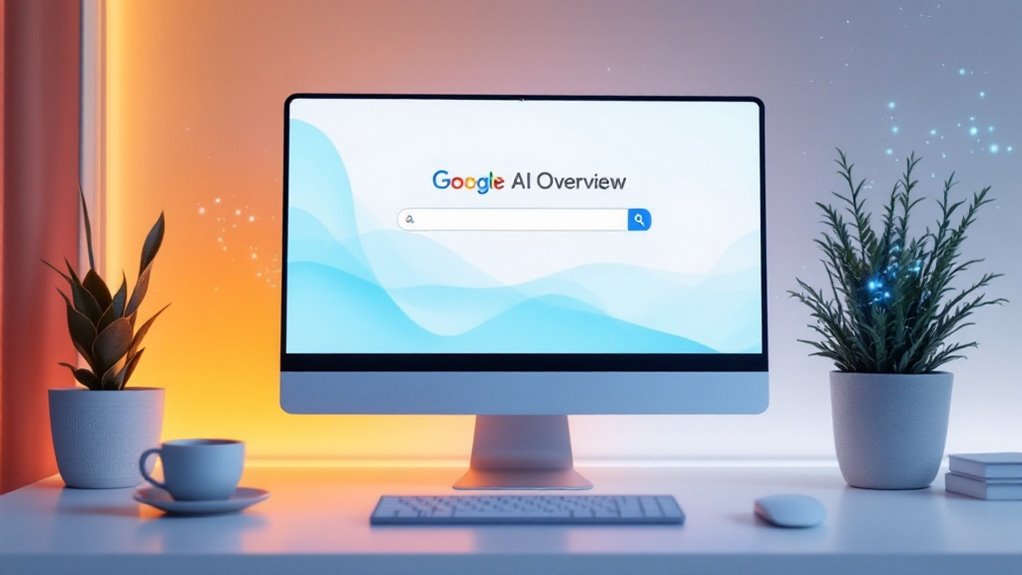Sure, AI models aren’t just Matrix-level magic—they’re behind face tagging, autocorrect, and even your dodgy Netflix picks. Using them starts with prepping quality data (scrubbed, split, and prettified). Then, you train classic models like linear regression for house prices or deep nets for spotting your buddy in group photos. Keep things ethical: monitor for bias, and yes, privacy matters unless you want angry regulators. When done right? Smarter decisions, faster than a caffeine rush. Want real-world tactics? Stick around.
Even as AI models become the office buzzword everyone pretends to understand—right up there with “synergy” and “blockchain”—many are still wondering what these algorithms actually do, beyond turning coffee into code. The truth: AI models are specialized tools, each with its own quirks.
Linear regression? It’s the one predicting house prices based on square footage. Deep neural networks? They’re the “brains” behind face-tagging your vacation photos and autocorrecting your typos. Logistic regression keeps things simple, handling yes/no decisions, while decision trees chop data into manageable bits, offering transparency that’s rare in tech. In fact, AI models excel in solving complex problems with higher efficiency and accuracy than traditional programming approaches. Increasingly, generative AI tools are being used in education to generate examples, quizzes, and visual summaries, enhancing teaching and learning experiences.
But before one releases an AI model on the world, there’s a lot of homework involved. Quality data is non-negotiable—garbage in, garbage out, as they say. Data must be scrubbed, normalized, and sliced into training, validation, and test sets, lest the model “learns” to ace the test it’s already seen.
Feature engineering is where the magic happens: transforming raw data into something the algorithm can actually chew on. Model selection is part art, part science, and a little bit of “let’s see what sticks.” While traditional AI broadly mimics human intelligence, machine learning represents a specific approach where systems learn patterns from data rather than following explicit programming.
Once trained, models don’t just sit around. They perform inference, analyzing new data—like spotting defective widgets on a conveyor belt or flagging suspicious transactions at 2 a.m. Pipelines handle the heavy lifting: data comes in, gets transformed, analyzed, and—voilà—out pops a decision.
In manufacturing, for example, AI models can count widgets faster than a caffeinated intern. Automated pipelines mean fewer mistakes and more time for humans to argue about lunch.
But wait—there’s governance and ethics to wrangle. Models can go off the rails, so monitoring is a must, especially when data drifts or biases sneak in. Cross-checking predictions, combining AI with human insight, and explaining mistakes step-by-step? All crucial.
And no, data privacy isn’t optional, unless you enjoy lawsuits.
Bottom line: AI models can make businesses smarter and more competitive. Just don’t expect them to fix the office coffee machine—yet.









